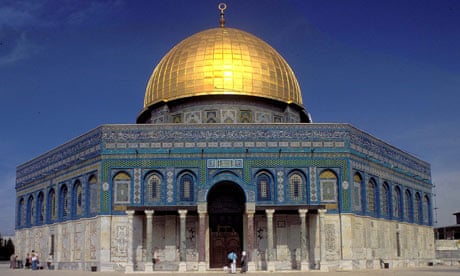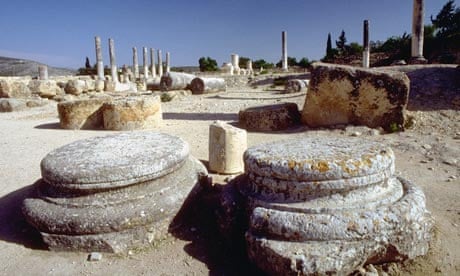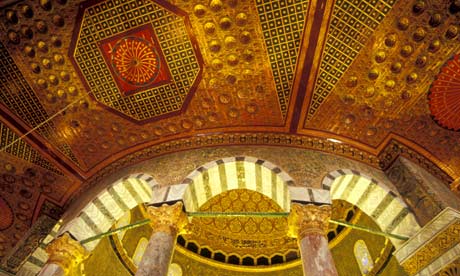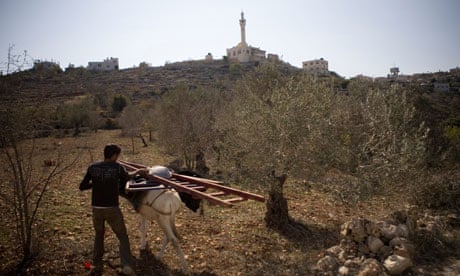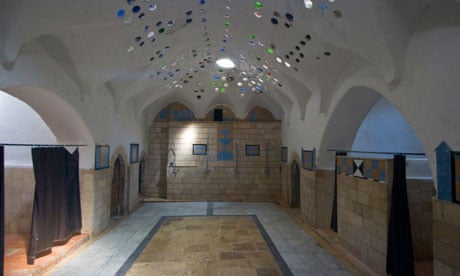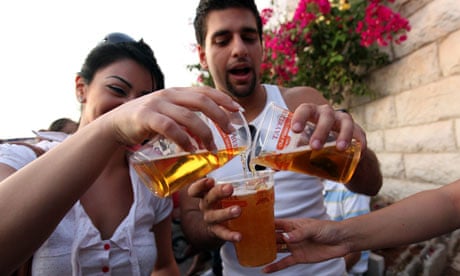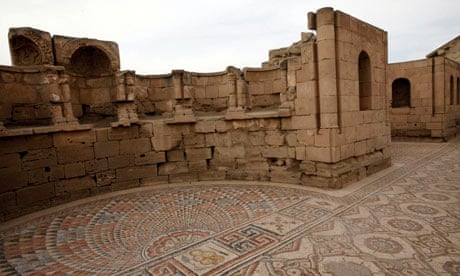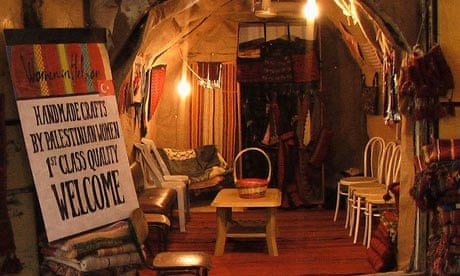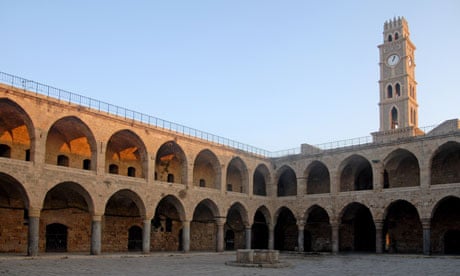Top 15 Most Beautiful Royal Palaces in INDIA
India is home to number of beautiful grand Palaces located throughout the country and built by emperors who ruled the region. These Forts and Palaces are the Marvel Architecture of engineering and the historical monuments of India. Most of the palaces are situated in Royal Rajasthan but other notable places are Jahaz Mahal and Red fort Delhi, Leh Palace,Bangalore Palace,Moti Bagh Palace of Patiala,Cooch Behar Palace and Kareng Ghar of Assam. Here is the list of some popular palaces across the country that will surely excite you to visit.
Amar Mahal Palace - JAMMU AND KASHMIR
India is home to number of beautiful grand Palaces located throughout the country and built by emperors who ruled the region. These Forts and Palaces are the Marvel Architecture of engineering and the historical monuments of India. Most of the palaces are situated in Royal Rajasthan but other notable places are Jahaz Mahal and Red fort Delhi, Leh Palace,Bangalore Palace,Moti Bagh Palace of Patiala,Cooch Behar Palace and Kareng Ghar of Assam. Here is the list of some popular palaces across the country that will surely excite you to visit.
Amar Mahal Palace - JAMMU AND KASHMIR
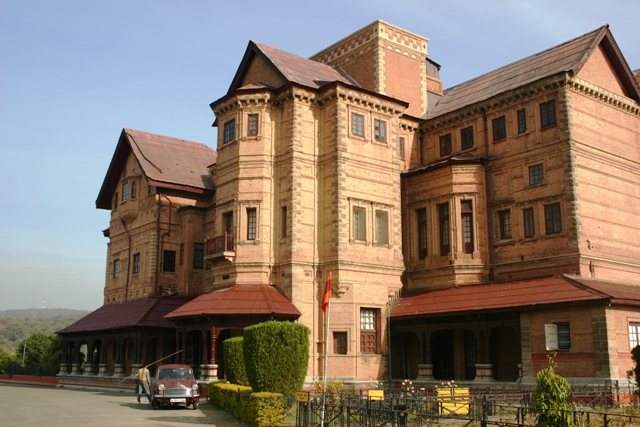
The beautiful Amar Mahal Palace is situated in Jammu, now been converted into a Museum. Amar Mahal Palace is situated on the bank of river Tawi and offers a grand view of majestic Sivalik Hills. The palace was built a Dogra king and last official residence of the Dogra Rajas,Suryavanshi Rajputs.
Amba Vilas Palace - KARNATKA
Amba Vilas Palace - KARNATKA
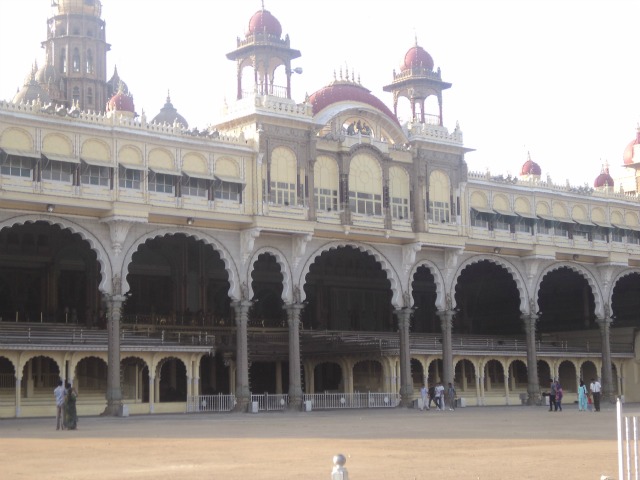
Amba Vilas Palace is known as The Palace of Mysore is situated in the city of Mysore,Karnataka. Mysore Palace is built by Wodeyar kings in the 14th century. After the Taj Mahal, The Palace of Mysore second most famous tourist attractions in India. Amba Vilas Palace is the venue of world famous Mysore Dasara festival with a parade elephants and other events at the palace grounds.
Kangla Palace - MANIPUR
Kangla Palace - MANIPUR
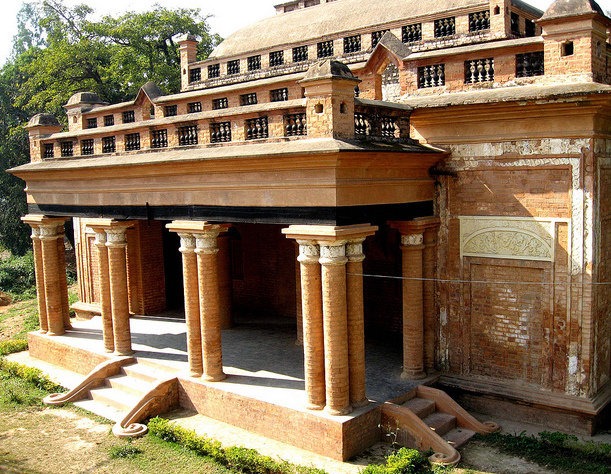
The Kangla Palace is built by Meitei rulers of Manipur at Kangla on the the western bank of the river Imphal. The Palace of Kangla is situated at the center of the Imphal city and a holy place for religious worship and ceremonies.
Umaid Bhawan Palace - RAJASTHAN
Umaid Bhawan Palace - RAJASTHAN
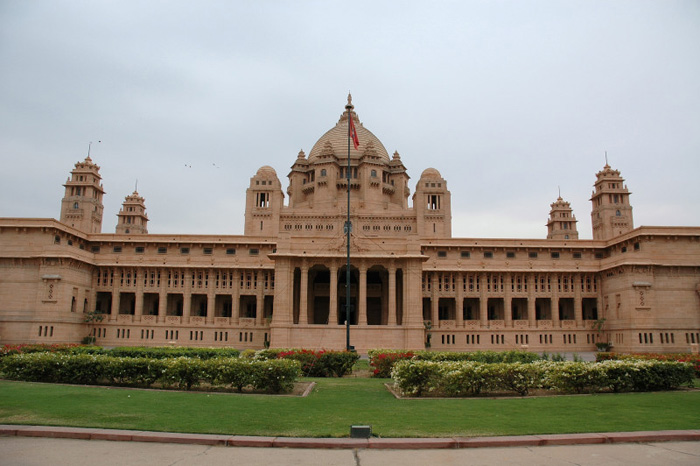
The spectacular Umaid Bhawan Palace is one of the largest residences place in the world. Umaid Bhawan Palace is situated Chittar Hill in the Jodhpur city of Rajasthan and a residences of Jodhpur royal family. The Chittar Palace is currently served as the residence of the royal family,a luxury Taj Palace Hotel and a Museum.
Lakshmi Vilas Palace - GUJARAT
Lakshmi Vilas Palace - GUJARAT
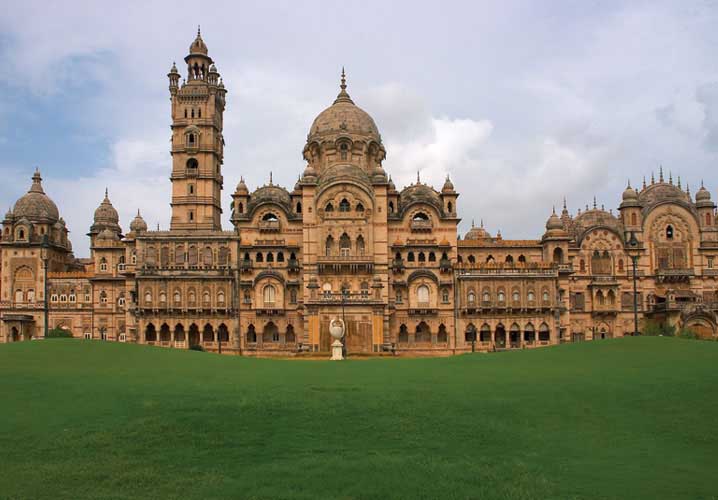
The Laxmi Vilas Palace is located in Vadodara and with series of palaces it is also known as the Maharaja Palace. Laxmi Vilas Palace is built by Gaekwad in in old classical style. The Maharaja Palace is used as a Museum, a venue of music concerts and other cultural events.
Marble Palace - WEST BENGAL
Marble Palace - WEST BENGAL
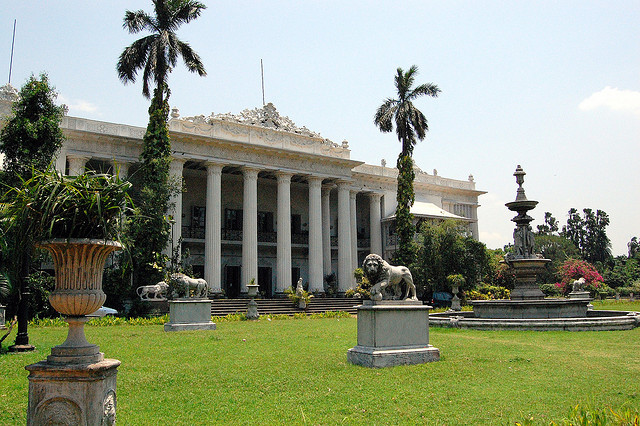
The Marble Palace is a Mansion and and most elegant houses located at Muktaram Babu Street of North Kolkata. Marble Palace is well known for its marble walls and floors built by Raja Rajendra Mullick. The house contains large sculpture, paintings and other valuable pieces along with a Marble Palace Zoo located next to the palace. West Bengal also have another famous palace called Cooch Behar Palace or the royal palace of cooch behar on the model of Buckingham Palace.
Presidential Palace - DELHI
Presidential Palace - DELHI
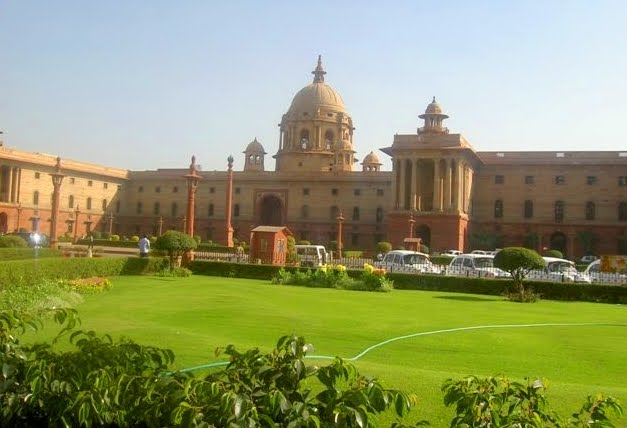
The Rashtrapati Bhavan is huge mansion built on a floor area of 200,000 square feet in Delhi. Area of Rashtrapati Bhavan contains Rajpath,a huge square Vijay Chowk start from house and end at the at India Gate. Rashtrapati Bhavan also has Gardens situated at back known as the Mughal Gardens with vast variety of flowers.
Jahangir Palace - UTTAR PRADESH
Jahangir Palace - UTTAR PRADESH
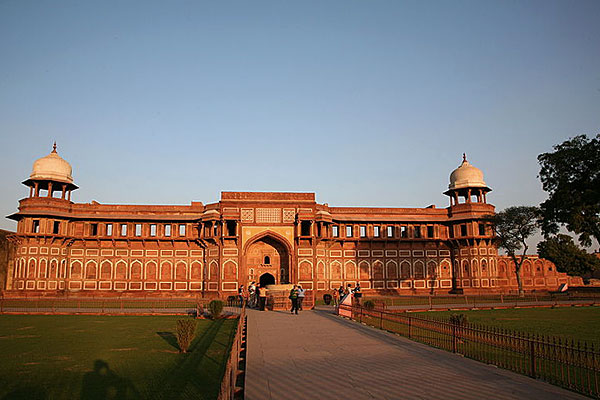
The Jahangiri Mahal is situated inside the great Agra Fort,located in Agra, Uttar Pradesh. Jahangir Palace is one of the noteworthy structure inside the Agra Fort others are The Khas Mahal,Diwan-i-Am, Diwan-e-Khas,Anguri Bagh and Moti Masjid.
ChowMahalla Palace - ANDHRA PRADESH
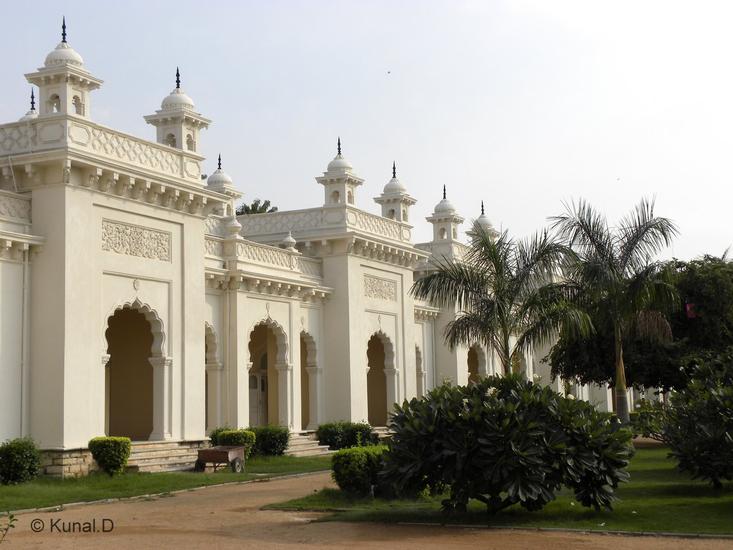
The Royal Chowmahalla Palace is belongs to the Nizams of Hyderabad, located at the center of Hyderabad. Magnificent Chowmahalla Palace is renowned for its unique style and elegance design situated just next to the famous Charminar.
Ujjayanta Palace - TRIPURA
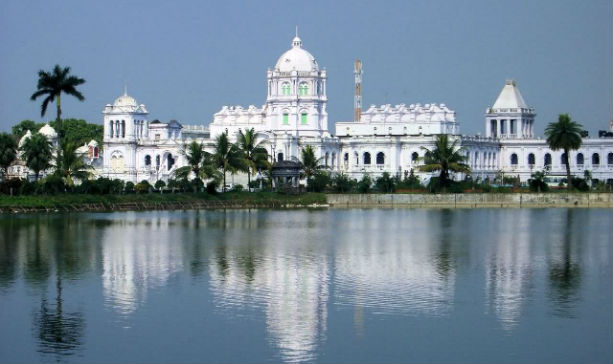
The palace of Tripura is a royal Palace situated in the capital of Tripura, in Agartala. Palace of Ujjayanta was built by Maharaja Radha Kishore Manikya and currently served as state legislative assembly. Ujjayanta Palace is one of the major attractions of Agartala along with State Museum, Tribal Museum and Laxminarayan Temple.
ThiruMalai Nayakkar Palace - TAMIL NADU
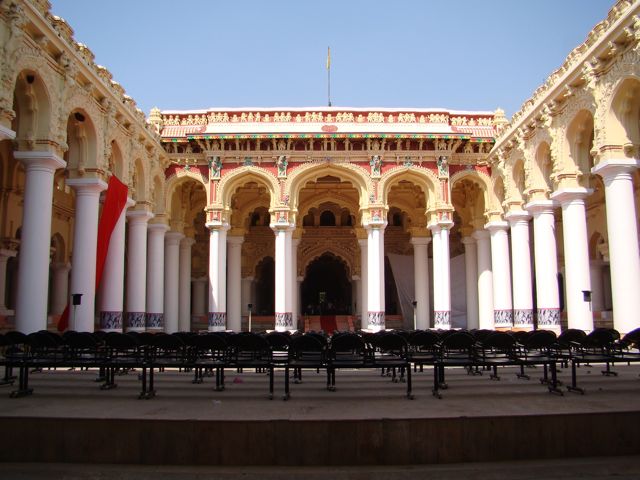
The Thirumalai Nayak Palace is built by King Thirumalai Nayak in the city of Madurai,Tamil Nadu. Thirumalai Nayakkar Mahal is one of the most beauitful Palace and considered to be one of the wonders of the South India. Thirumalai Palace is situated near to the famous the Meenakshi Amman Temple.
Aga Khan Palace - MAHARASTRA
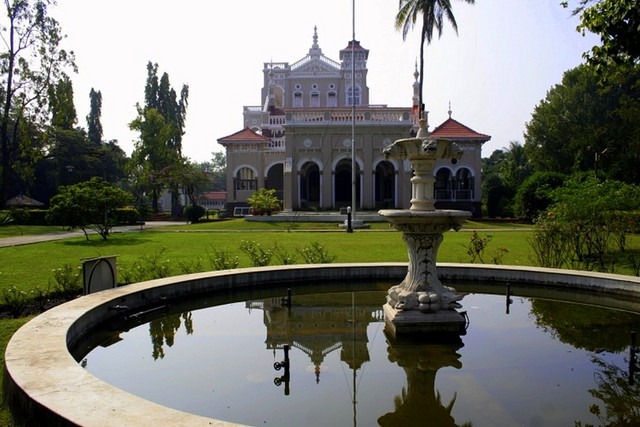
The Aga Khan Palace was built by Shah Aga Khan III in 1892 near the Bund Garden in Pune. Aga Khan Palace is one of the majestic landmark of the city and one of the greatest marvels building of India.
Jai Vilas Palace - MADHYA PRADESH
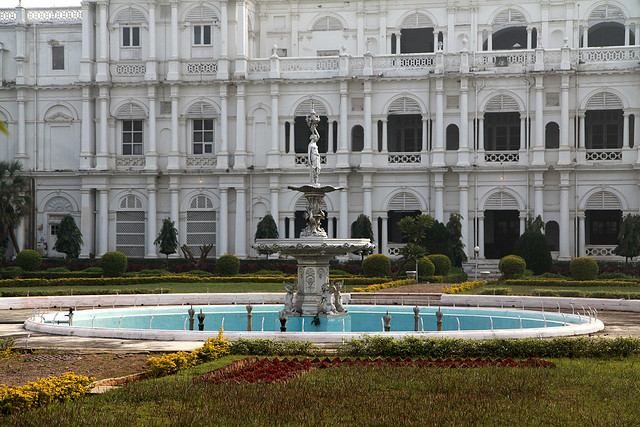
The Jai Vilas Palace is one of the grandiose, huge and beautiful palace of India,built by Maharaja Jayaji Rao Scindia. Jai Vilas Mahal is situated in city of Gwalior and now the the residence of the royal Maratha family The Scindias.
Bolgatty Palace - KERALA
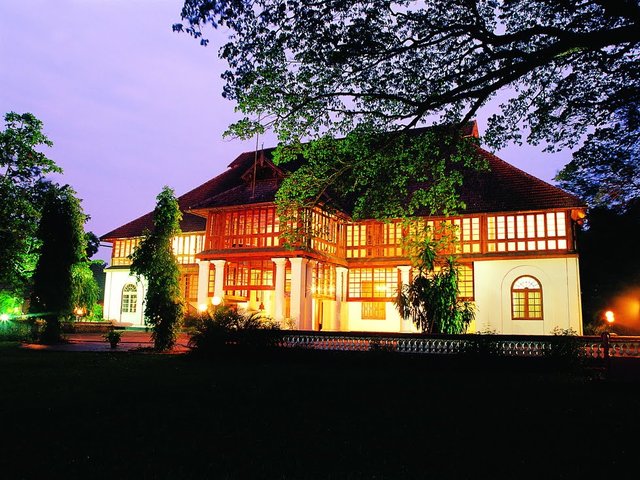
The famous Bolghatty Palace is situated in the beautiful scenic island known as Bolgatty island in Kochi, Kerala. Bolgatty Palace was a mansion built by Dutch and now its a heritage hotel resort managed by the KTDC. The Bolgatty Palace has a golf course,swimming pool,ayurvedic and Kathakali center and a temple dedicated to Lord Shiva.
Anand Bagh Palace- BIHAR
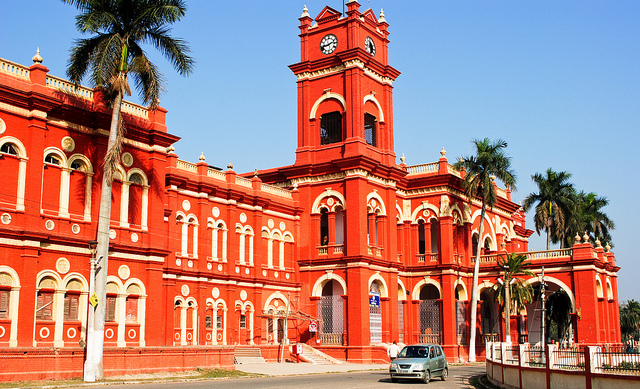
The Anand Bagh Palace or Lakshmivilas Palace is situated in Darbhanga town of Bihar state. Anand Bagh Palace was built by Maharaja Lakshmeshwar Singh know for its gardens with several rare species of plants such as Rudraksha, orchids and Sandalwood.
